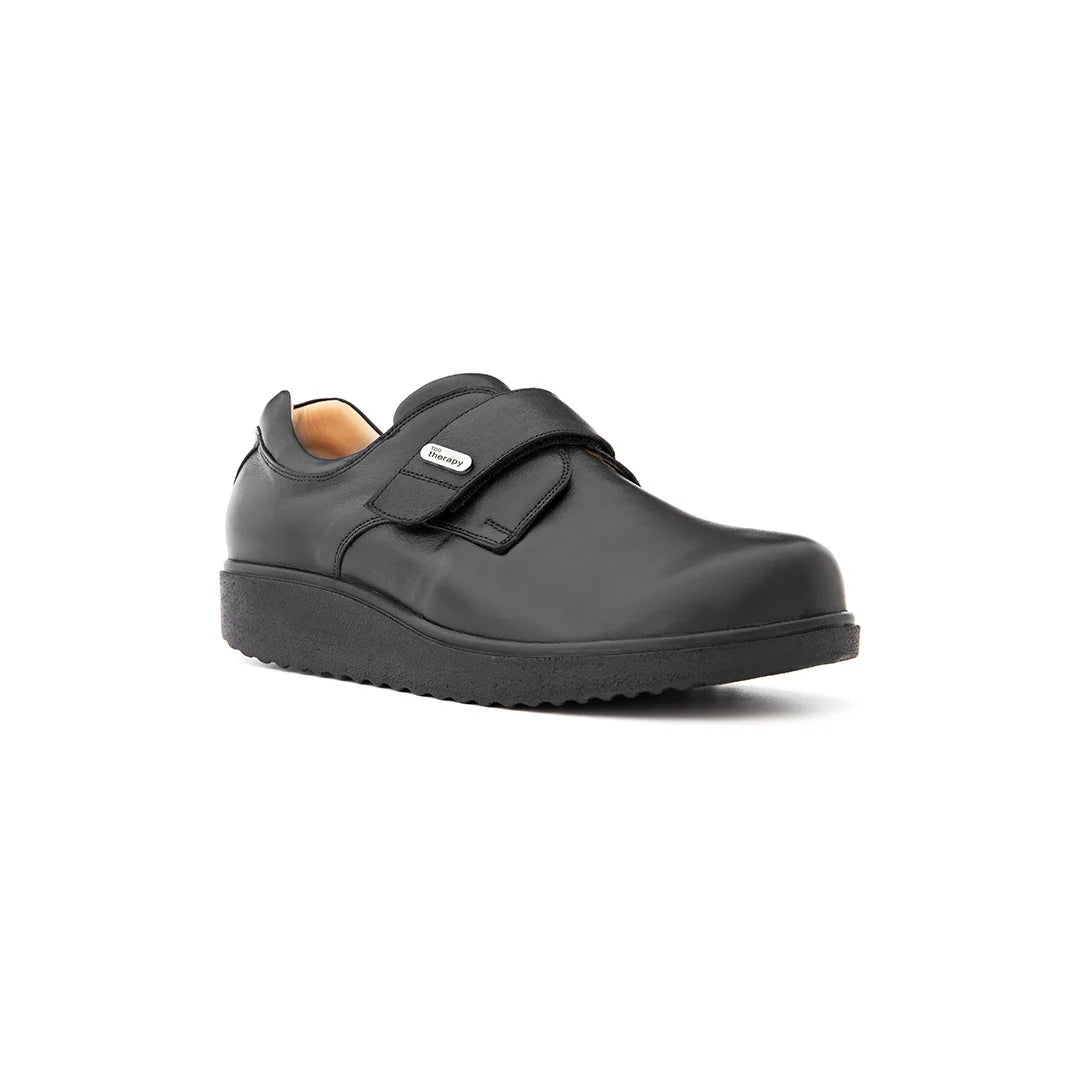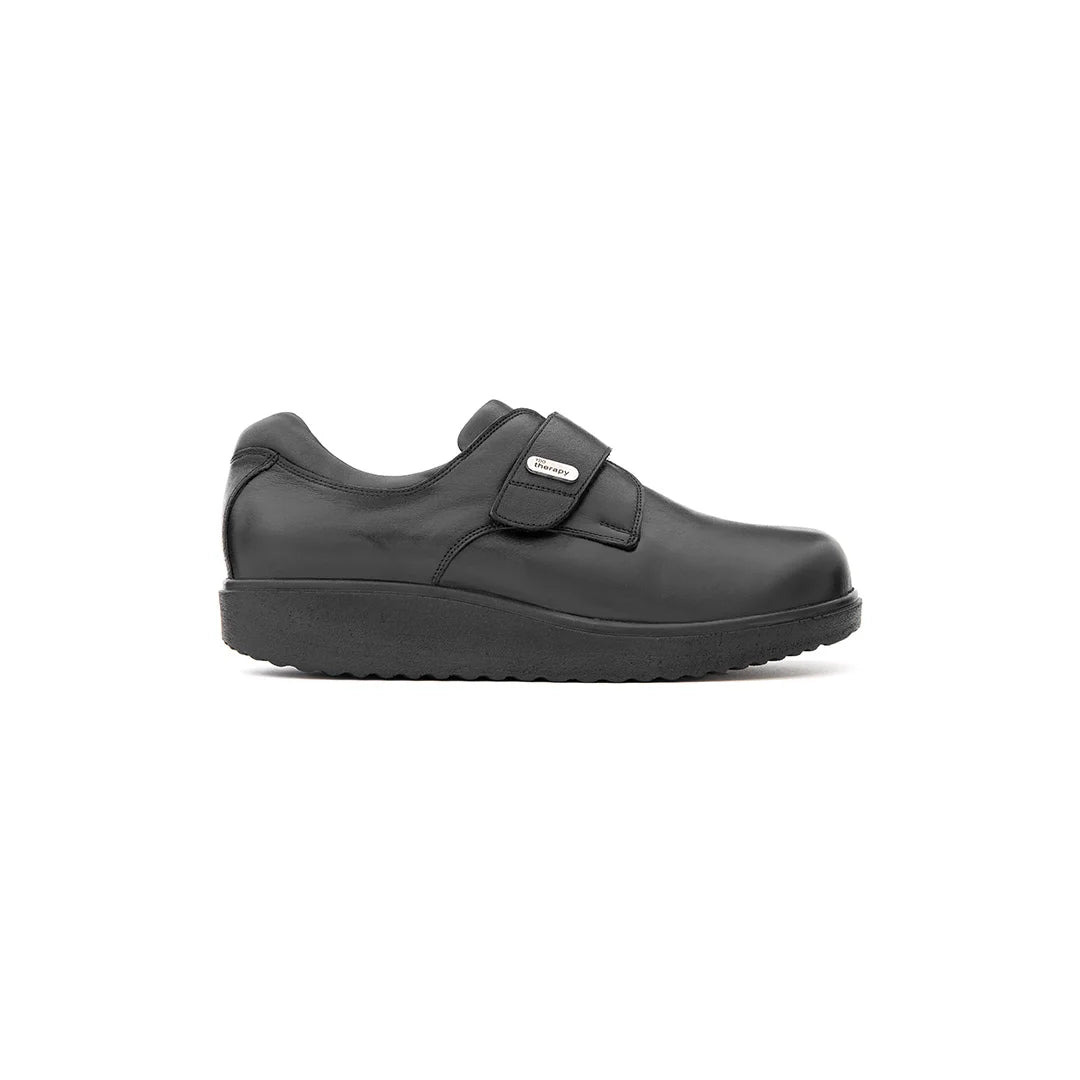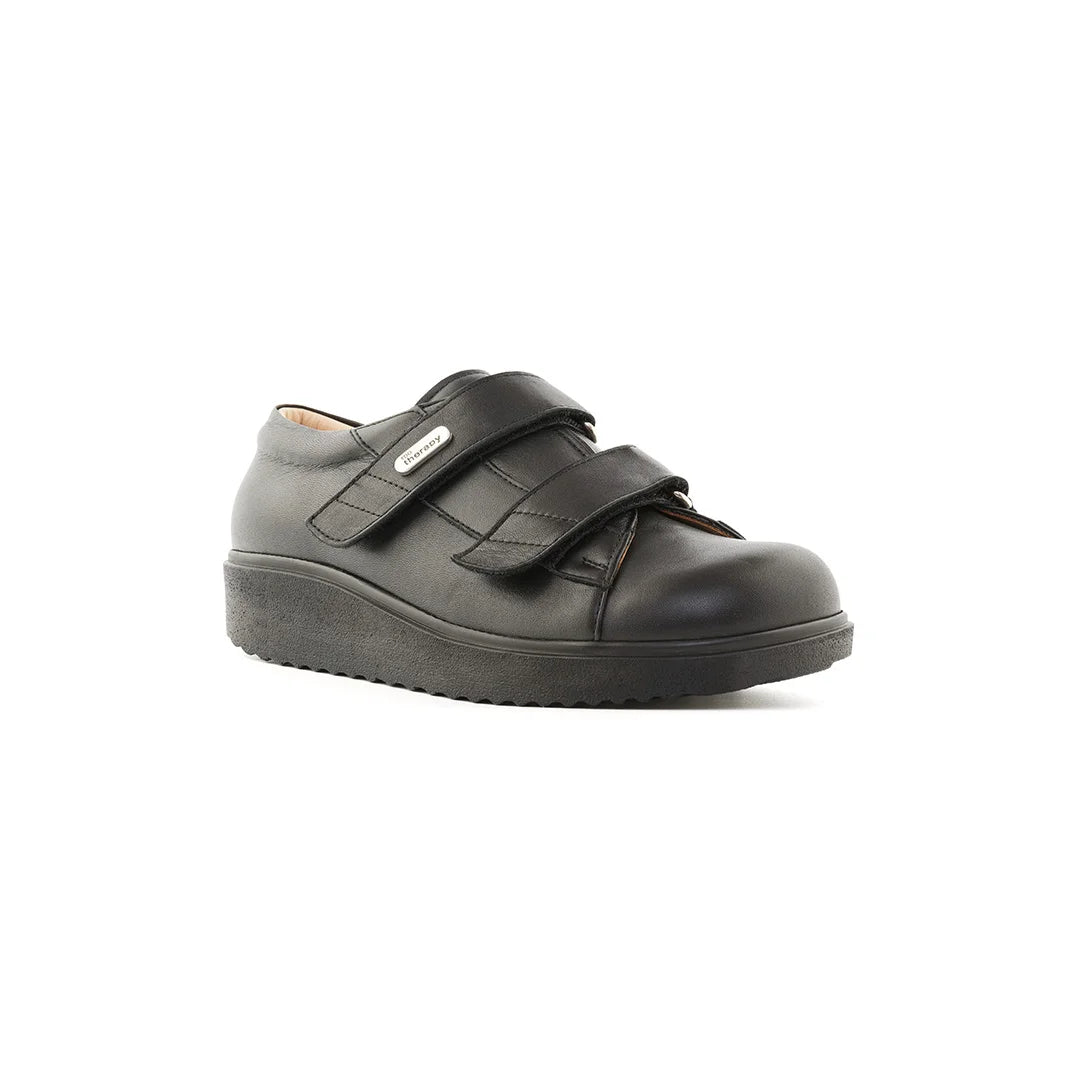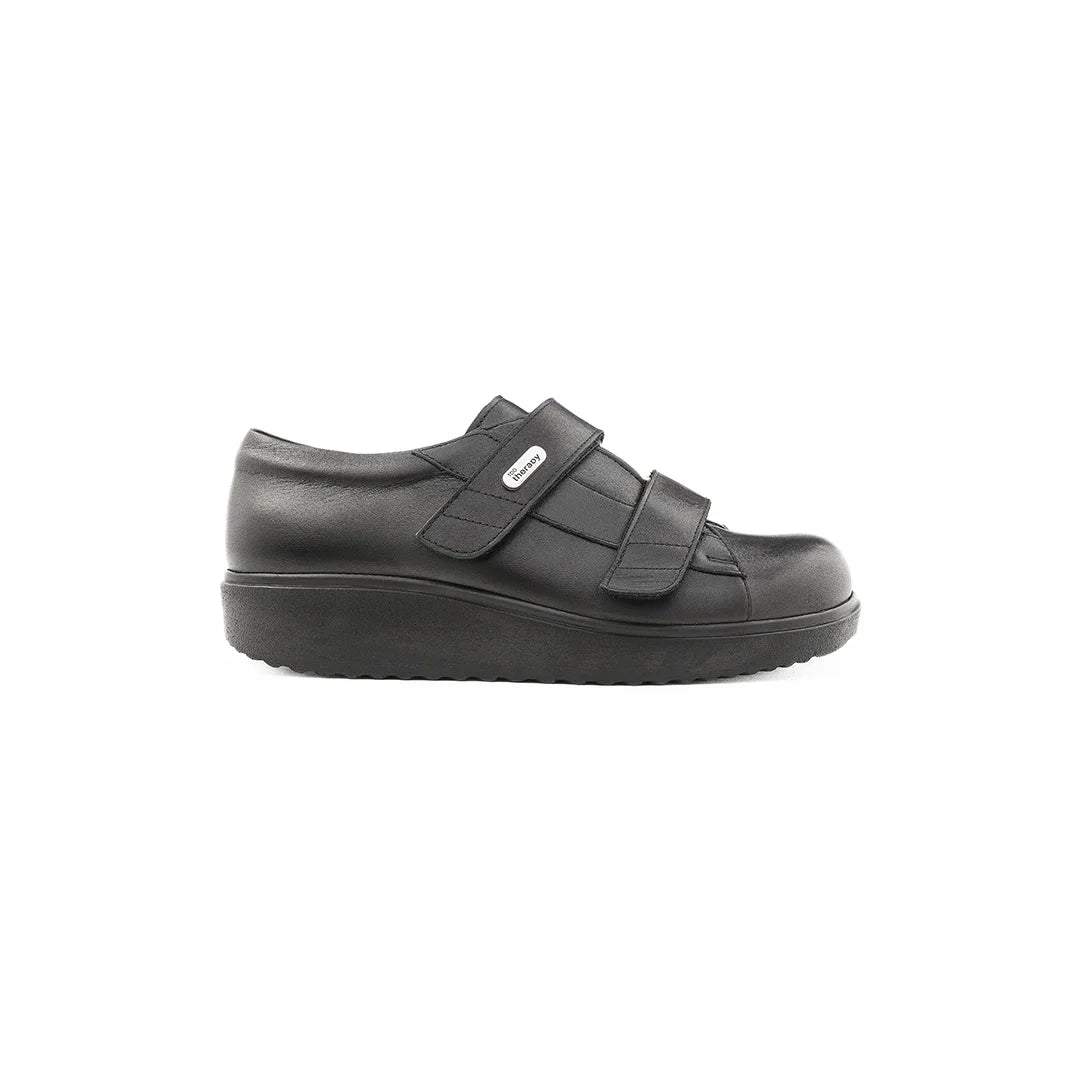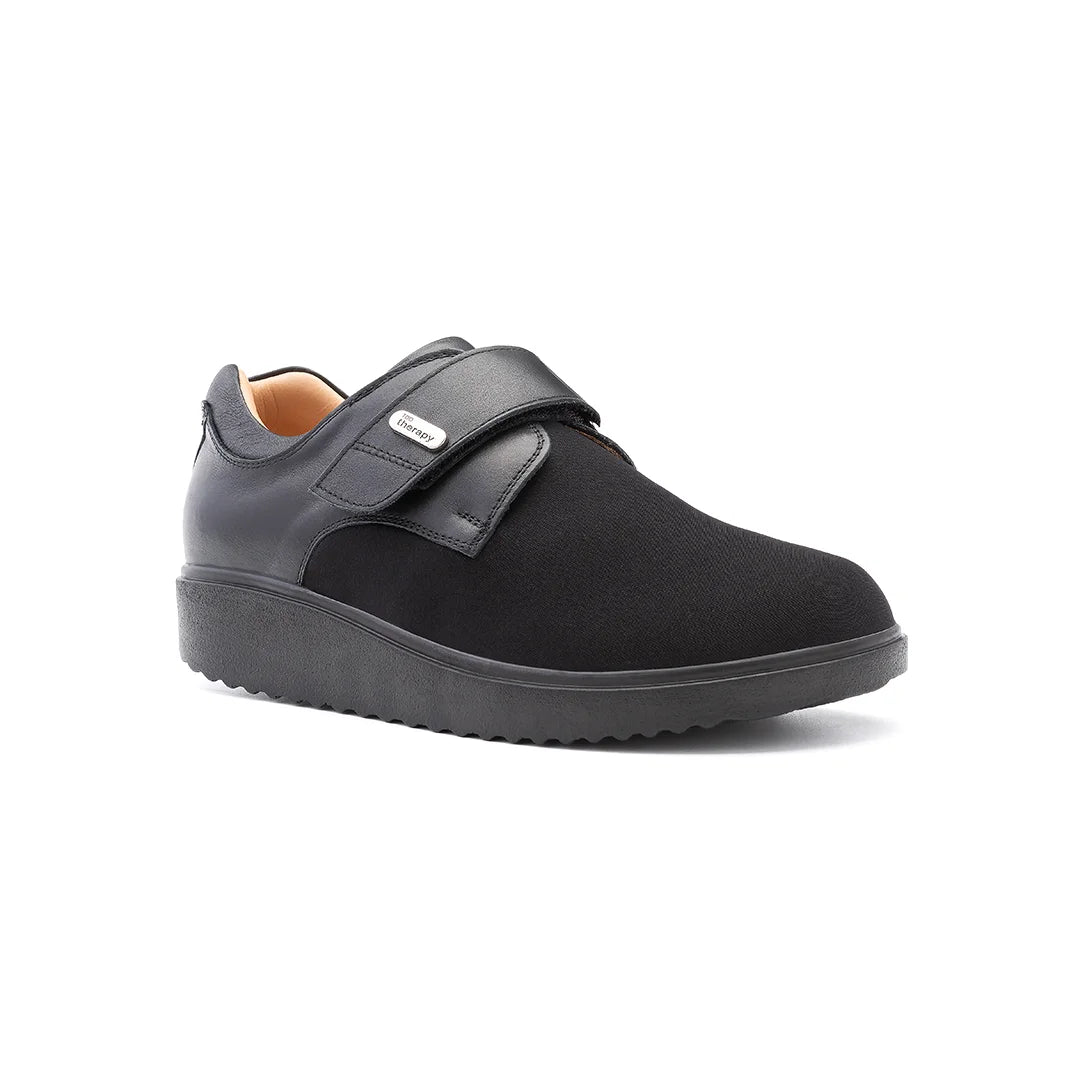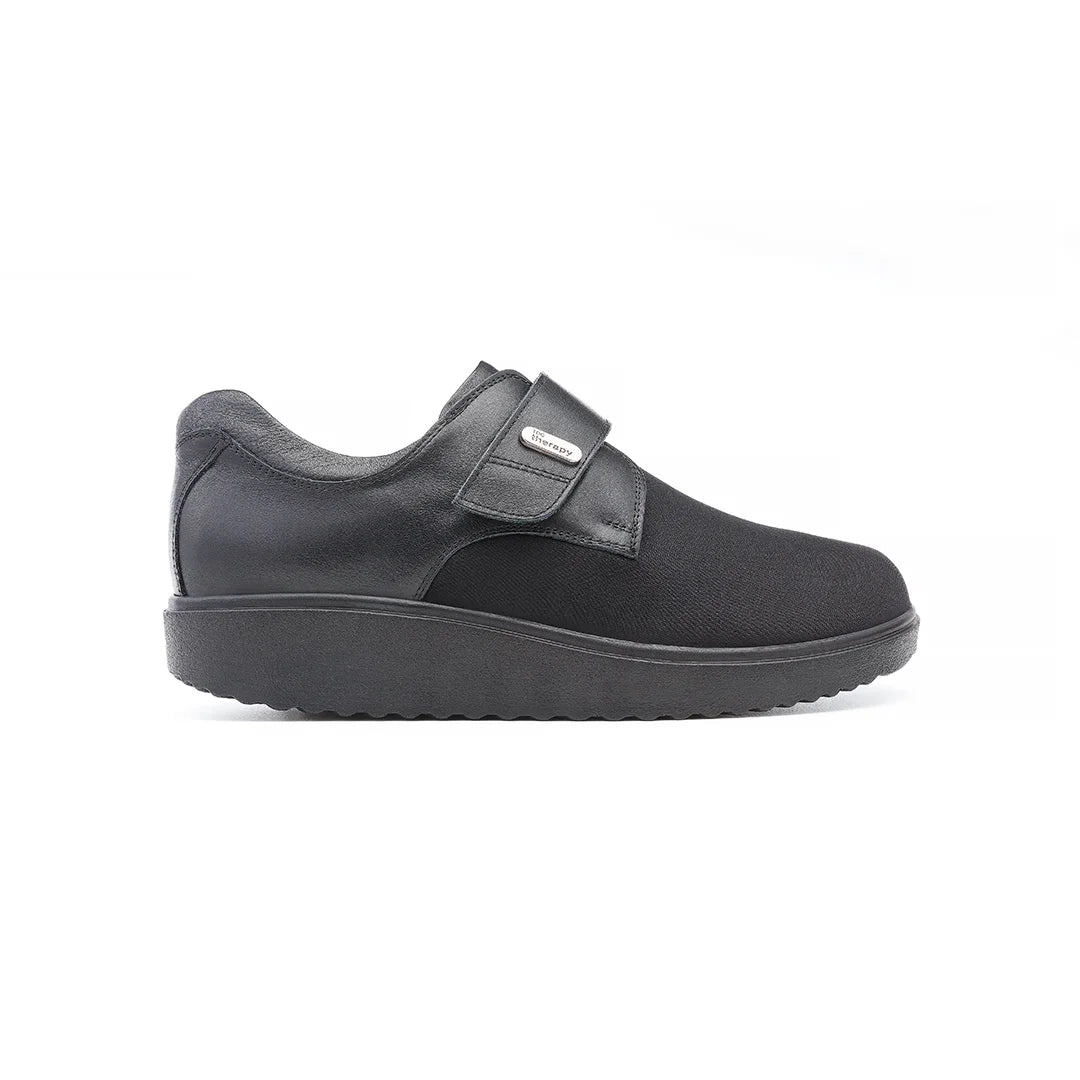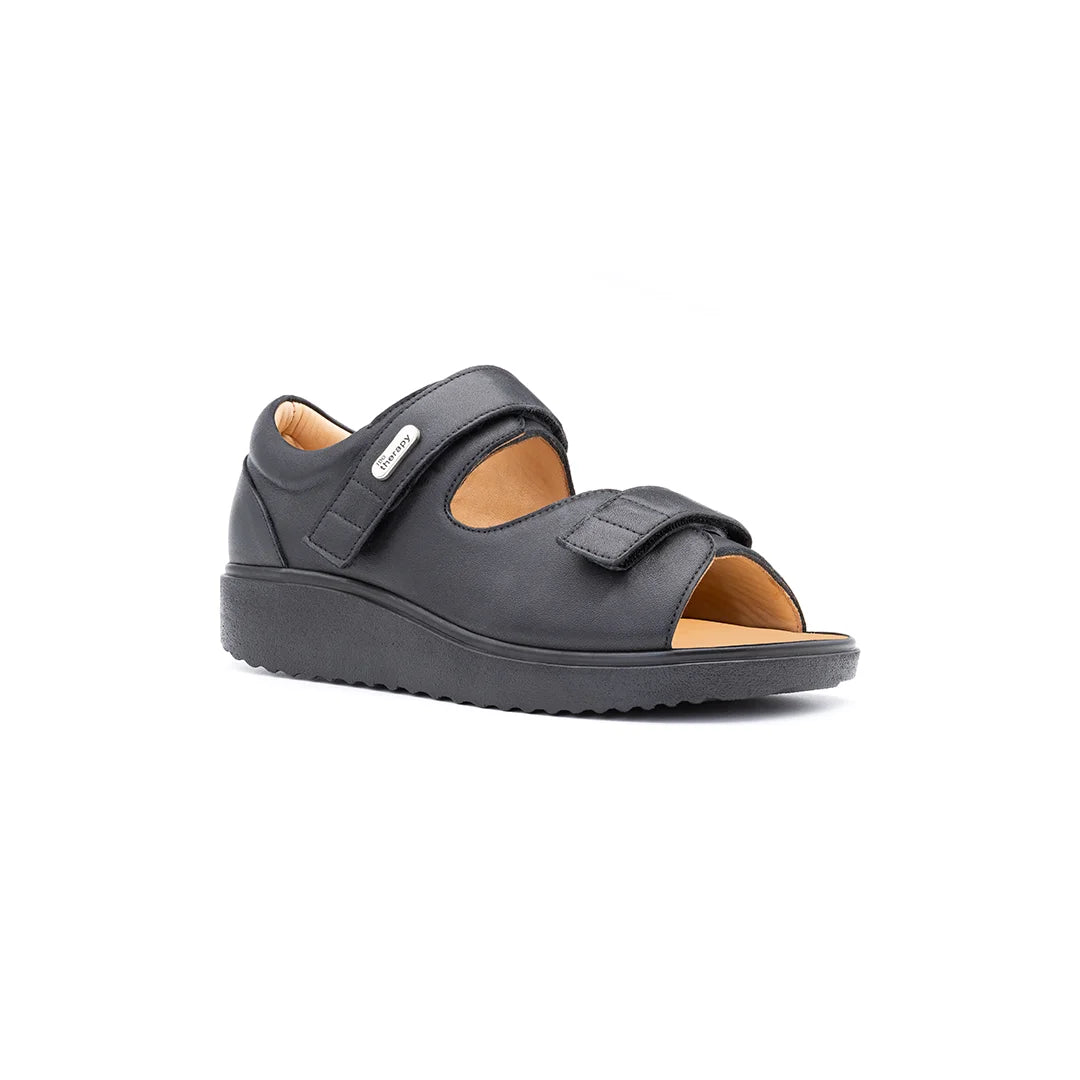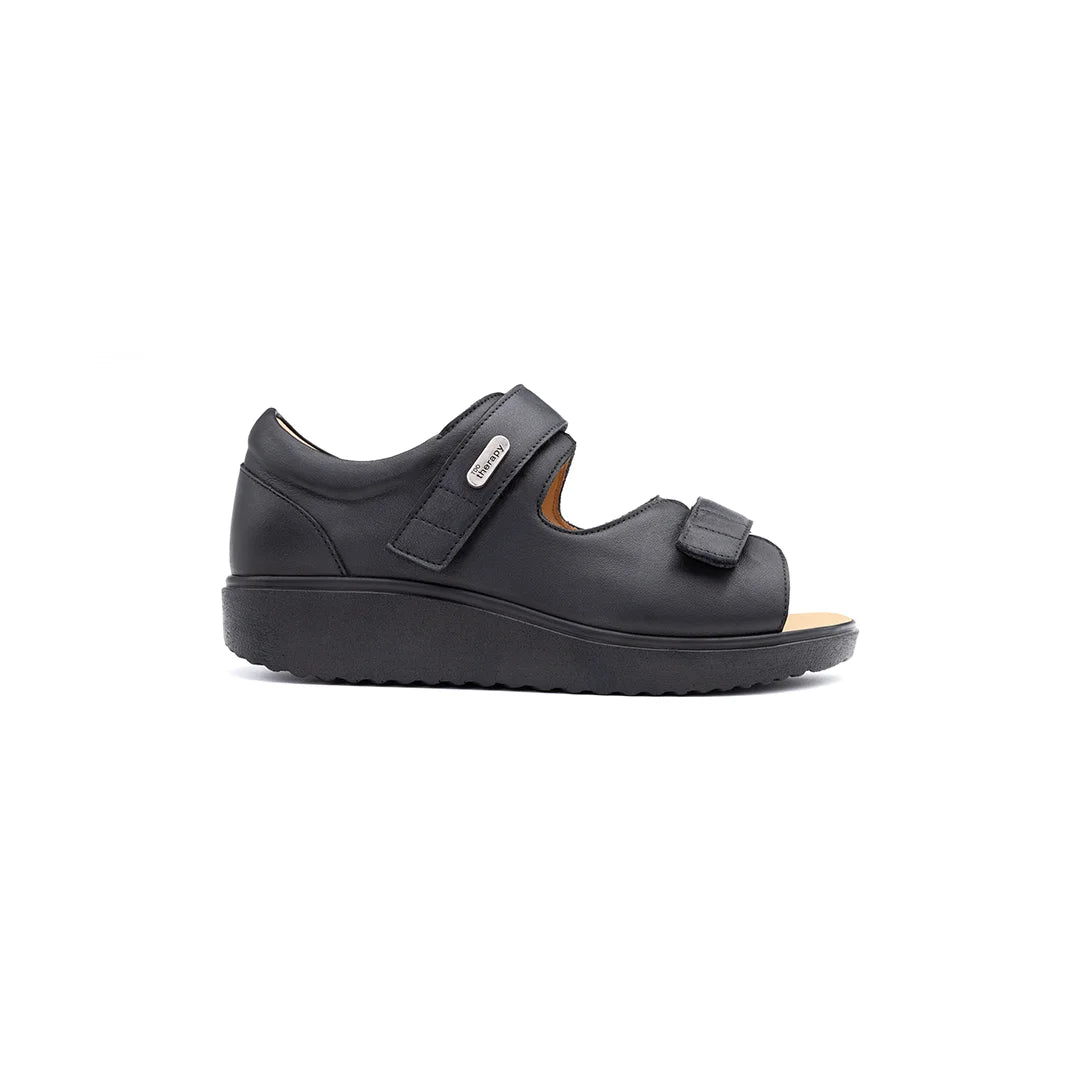Getting back on your feet after foot surgery can be a bit tricky, and picking the right shoes is a big part of that. It’s not just about comfort; it's about helping your foot heal properly and avoiding any setbacks. This guide will walk you through what to look for, from special orthopaedic footwear to knowing when you can get back into your regular shoes. We'll cover everything you need to know about finding the best shoes to wear after foot surgery UK, making your recovery as smooth as possible.
Key Takeaways
- Always talk to your surgeon or a podiatrist about shoe choices after surgery.
- Comfort and good support are super important for healing.
- Your feet might swell, so look for shoes that can handle that extra room.
- Don't rush back into normal shoes; take it slow and listen to your body.
- Proper footwear helps prevent future foot problems.
Understanding Orthopaedic Footwear for Post-Surgery Recovery
Defining Orthopaedic Shoes
Okay, so what exactly are orthopaedic shoes? We tend to think of them as those clunky, not-so-stylish shoes our grandparents wore, but they've come a long way! Basically, they're specially designed footwear to support and protect your feet, ankles, and legs. They're built to address specific foot problems and provide extra comfort and stability. Think of them as medical devices you wear on your feet, rather than just regular shoes.
Key Features of Post-Surgery Footwear
Post-surgery footwear isn't just about comfort; it's about aiding the healing process. Here's what to look for:
- Rigid Sole: Limits movement to protect the healing area.
- Adjustable Closures: Think Velcro straps – easy to adjust for swelling.
- Wide Toe Box: Gives your toes plenty of room, especially important if you've had toe surgery.
- Good Arch Support: Helps distribute weight evenly and reduce strain.
Benefits of Specialised Footwear

Why bother with specialised footwear after surgery? Well, it's not just about being comfy (though that's a big plus!). It's about:
- Reducing Pain: Proper support can significantly reduce post-operative pain.
- Protecting the Foot: Shields the surgical site from bumps and knocks.
- Improving Stability: Reduces the risk of falls, especially when you're still a bit wobbly.
- Promoting Healing: By providing the right environment, these shoes can actually help your foot heal faster.
Wearing the right footwear after foot surgery is a game-changer. It's not just about comfort; it's about protecting your investment in your foot health and getting you back on your feet – literally – as quickly and safely as possible.
Navigating the Recovery Journey After Foot Surgery
Foot surgery can feel like a big step, and the recovery afterwards is just as important as the procedure itself. It's a journey, and we're here to guide you through what to expect and how to make it as smooth as possible. We'll look at timelines, the importance of rest, and how to get back into your regular shoes.
Typical Recovery Timelines
Recovery times can really vary depending on the type of surgery you've had. Some people might be back on their feet (with the right footwear, of course!) in a couple of months, while others might need longer, even up to a year. It's all about listening to your body and following your doctor's advice. Factors like your overall health and how well you stick to the rehab plan will also play a big role.
Importance of Rest and Rehabilitation
Rest is absolutely key in the early stages. Think of it as giving your foot the time it needs to heal properly. But it's not just about sitting around! Rehabilitation exercises, guided by a physiotherapist, are vital for regaining strength and movement.
Here's a few things to keep in mind:
- Elevate your foot to reduce swelling.
- Follow your doctor's instructions on weight-bearing.
- Do your prescribed exercises regularly.
It's easy to get impatient, but pushing yourself too hard too soon can set you back. Listen to your body, and don't be afraid to ask for help if you need it.
Gradual Transition to Regular Shoes
The big question: when can you ditch the post-surgery shoes? It's a gradual process, and your surgeon or podiatrist will let you know when it's safe to start transitioning. This usually involves slowly increasing the amount of time you spend in regular shoes, starting with short periods and building up from there.
| Stage | Footwear | Duration (Approximate) |
|---|---|---|
| Initial | Post-operative shoe/boot | 4-6 weeks |
| Transitioning | Supportive, wide-fitting shoes | 2-4 weeks |
| Maintenance | Regular shoes (with good support) | Ongoing |
Remember, everyone's different, so don't compare your progress to others. The goal is to get back to wearing the shoes you love, but in a way that supports your long-term foot health.
Essential Considerations When Choosing Post-Operative Shoes
Choosing the right shoes after foot surgery is really important for a smooth recovery. It's not just about fashion; it's about supporting your foot as it heals. We need to think about a few key things to make sure we're making the best choice.
Prioritising Comfort and Support
Comfort is king (or queen!) after foot surgery. We need shoes that feel good, even when our feet are swollen or tender. Look for shoes with plenty of cushioning and good arch support. Avoid anything too stiff or restrictive. Support is also vital; our feet need to be held securely to prevent further injury and promote healing. Think about adjustable straps or laces to get a snug but not-too-tight fit.
Accommodating Post-Surgical Swelling
Swelling is a common side effect after foot surgery, so we need to factor that into our shoe selection. Our regular shoes might not fit for a while! Here's what we should consider:
- Adjustable Closures: Laces, Velcro straps, or buckles allow us to loosen or tighten the shoe as needed throughout the day.
- Wide Toe Box: This gives our toes plenty of room and prevents pressure on the healing area.
- Consider a Larger Size: We might need to go up a size (or even half a size) to accommodate the swelling. Don't be afraid to get professionally measured.
It's a good idea to try on shoes later in the day when our feet are likely to be at their most swollen. This will give us a more accurate idea of how the shoes will fit throughout the recovery period.
Selecting Appropriate Shoe Styles
Not all shoes are created equal, especially after foot surgery. Certain styles are better suited for recovery than others. Here are a few options to consider:
- Surgical Shoes: These are specifically designed for post-operative use, offering maximum support and protection.
- Walking Shoes: Look for walking shoes with good cushioning, arch support, and a wide toe box. Avoid memory foam, as it might not provide enough support.
- Adjustable Sandals: In warmer weather, adjustable sandals can be a comfortable option, but make sure they offer adequate support and protection.
Avoid high heels, pointy toes, and anything too flimsy or unsupportive. We want shoes that will help, not hinder, our recovery.
The Role of Professional Guidance in Footwear Selection
It's easy to feel lost when trying to pick the right shoes after foot surgery. There are so many options, and it's hard to know what's best for your specific situation. That's where getting advice from the pros comes in. We're not just talking about any old shoe salesperson; we mean the people who really understand feet and how they work.
Consulting Your Surgeon and Podiatrist
Honestly, your surgeon and podiatrist are your best resources here. They know exactly what kind of surgery you had, what your foot needs to heal properly, and what to avoid. Don't be shy about asking them for specific shoe recommendations. They can point you towards features like good arch support, a wide toe box, or specific brands that work well for post-operative recovery. It's also a good idea to bring a list of questions to your appointments so you don't forget anything important. For example:
- What level of support do I need?
- Are there any materials I should avoid?
- How soon can I start wearing more 'normal' shoes?
Recommendations for Suitable Retailers
Not all shoe shops are created equal, especially when you're looking for orthopaedic or supportive footwear. You can check our range of orthopaedic shoes from here.
Integrating Physical Therapy with Footwear Choices
Physical therapy is a big part of recovering from foot surgery, and your footwear plays a role in that too. Your physical therapist can assess how you're walking and moving, and then suggest shoes that will support your rehabilitation. They might recommend shoes with specific features to help improve your gait or reduce pain. It's all about working together to find the best combination of therapy and footwear to get you back on your feet – literally!
Think of your shoes as part of your recovery team. They're not just something you wear; they're a tool to help you heal and get back to doing the things you love. So, take the time to get professional advice and find the right fit. Your feet will thank you for it!
Specific Footwear Needs for Different Foot Conditions
Footwear After Bunionectomy Procedures
After a bunionectomy, finding the right footwear is essential for a smooth recovery. We often recommend shoes with a wide toe box to avoid putting pressure on the surgical site. Look for adjustable closures like Velcro straps, which allow you to accommodate any swelling. Avoid shoes with heels, and opt for styles with good arch support to promote proper alignment and reduce strain.
- Wide toe box
- Adjustable closures
- Good arch support
Shoes for Ancle Surgery Recovery

Recovering from ancle surgery requires footwear that provides maximum stability and support. Initially, you might need a cast or walking boot, as directed by your surgeon. Once you're cleared to wear regular shoes, choose options with firm heel counters and supportive midsoles. High-top trainers or walking shoes can offer extra ancle support. It's also a good idea to consider shoes with rocker soles, as these can help reduce stress on the ancle joint during walking.
Remember, everyone's recovery is different, so it's important to listen to your body and gradually increase your activity level. Don't rush into wearing fashionable shoes before your ancle is ready.
Addressing General Foot Pain with Proper Shoes
General foot pain can stem from various issues, and the right footwear can make a significant difference. For plantar fasciitis, shoes with good arch support and cushioning are vital. If you have flat feet, consider shoes with orthotic inserts to provide additional support. For those with high arches, look for shoes with plenty of cushioning to absorb impact. It's also important to ensure your shoes fit properly, with enough room in the toe box and adequate support around the heel.
Here's a quick guide:
| Condition | Recommended Shoe Features |
|---|---|
| Plantar Fasciitis | Good arch support, cushioning |
| Flat Feet | Orthotic inserts, supportive midsoles |
| High Arches | Ample cushioning, shock absorption |
Practical Tips for Managing Footwear During Recovery
Utilising Compression Socks for Swelling
We've found that compression socks can be a real game-changer when it comes to managing swelling after foot surgery. They gently squeeze your feet and ankles, which helps to improve blood flow and reduce fluid build-up. It's a simple step, but it can make a big difference in your comfort levels. We usually suggest starting with a mild compression and gradually increasing it as needed. Just make sure they aren't too tight, or they could restrict circulation. We also recommend wearing them during the day and taking them off before bed.
Adjusting Laces for Optimal Fit
Getting the right fit with your post-surgery shoes is super important, and often it's as simple as adjusting the laces. Swelling can fluctuate throughout the day, so what felt comfortable in the morning might feel tight by evening. We've all been there! Try loosening the laces a bit to accommodate the swelling. If you're finding it difficult to get a consistent fit, consider using elastic laces. They allow for more flexibility and can be especially helpful if you have limited mobility in your hands.
When to Consider a New Shoe Size
Sometimes, despite our best efforts, our old shoes just won't cut it after surgery. If you're consistently experiencing discomfort or your foot feels cramped, it might be time to consider a new shoe size. We usually advise getting your feet measured again, as swelling can alter your size temporarily.
It's better to err on the side of caution and go for a slightly larger size to accommodate any residual swelling. Remember, the goal is to support your recovery, and the right footwear plays a big part in that. Don't hesitate to consult with your surgeon or podiatrist for advice on finding the perfect fit.
Here's a quick guide:
- Persistent discomfort even with adjusted laces
- Visible signs of pressure or rubbing on your foot
- Difficulty getting your foot into your usual size shoe
Beyond the Operating Theatre: Long-Term Foot Health
So, you've had your foot surgery and are finally on the mend. That's brilliant! But what happens after the initial recovery? It's easy to think the hard work is over, but looking after your feet long-term is super important to prevent future problems. Let's have a chat about keeping those feet happy and healthy.
Maintaining Foot Health Post-Recovery
Once we're back on our feet (literally!), it's tempting to forget all the good habits we picked up during recovery. But, consistency is key! Think about it: we wouldn't stop brushing our teeth just because we don't have a toothache, would we? Same goes for our feet.
- Keep wearing supportive shoes most of the time. Those fancy heels might look great, but they're not doing your feet any favours.
- Continue with any exercises your physio recommended, even if they seem a bit boring. They'll help keep your feet strong and flexible.
- Pay attention to your feet! Check them regularly for any signs of problems, like redness, swelling, or pain. Catching things early can make a big difference.
Preventing Future Foot Issues
Okay, so we're maintaining things, but what about actively preventing future problems? A bit of proactive care can go a long way.
- Consider custom orthotics. If you're prone to foot problems, these can provide extra support and cushioning.
- Be mindful of your weight. Extra weight puts extra stress on your feet, so maintaining a healthy weight can help prevent problems.
- Avoid going barefoot too often, especially on hard surfaces. Our feet need support, and going barefoot can put them at risk of injury.
It's easy to neglect our feet, but they're the foundation of our mobility. Taking care of them is an investment in our overall health and well-being. Think of it as preventative maintenance for a longer, more active life.
The Importance of Continued Support
Even after we're fully recovered, it's good to have a support system in place. Don't be afraid to reach out to your surgeon, podiatrist, or physio if you have any concerns. They're there to help! And remember, good footwear is an ongoing investment, not just a post-surgery necessity. Keep those feet happy, and they'll keep us happy!
Wrapping Things Up
So, there you have it. Picking the right shoes after foot surgery in the UK isn't just about looking good; it's a big part of getting better. Remember to listen to your doctor, take it easy, and choose footwear that actually helps your foot heal. It might take a bit of time, but with the right support, you'll be back on your feet and feeling much more comfortable. Just be patient with yourself and your recovery.
Frequently Asked Questions
What are orthopaedic shoes?
Special shoes that help your feet, ankles, and legs are called orthopaedic shoes. They are really good for people with foot problems or those getting better from foot surgery because they give extra support and make sure your foot is stable.
What are the best shoes to wear after foot surgery?
After foot surgery, it is best to wear soft, wide shoes. Your doctor or a foot expert can tell you where to find the right ones.
How long does the pain last after foot surgery?
The time it takes to feel better after foot surgery can be different for everyone. It depends on what kind of surgery you had. Some people might be walking around well after two months, but for others, it could take up to a year to fully heal.
Is it worth having foot surgery?
Yes, it's worth thinking about foot surgery if other treatments and medicines are not helping your foot pain anymore. Your doctor will help you decide if surgery is right for you and what kind would be best.
What are the risks of foot surgery?
Just like any operation, foot surgery has some small risks, such as getting an infection, nerve damage, or bleeding. These risks are not very high, and you are less likely to have problems if you are generally healthy and fit.
What should I do if my foot swells after surgery?
After surgery, your foot might swell. It's a good idea to wear compression socks and loosen your shoelaces to help with this. If your old shoes are too tight, you might need to buy a new, bigger pair for the foot that had surgery. Swelling usually goes down after 3 to 6 months.



